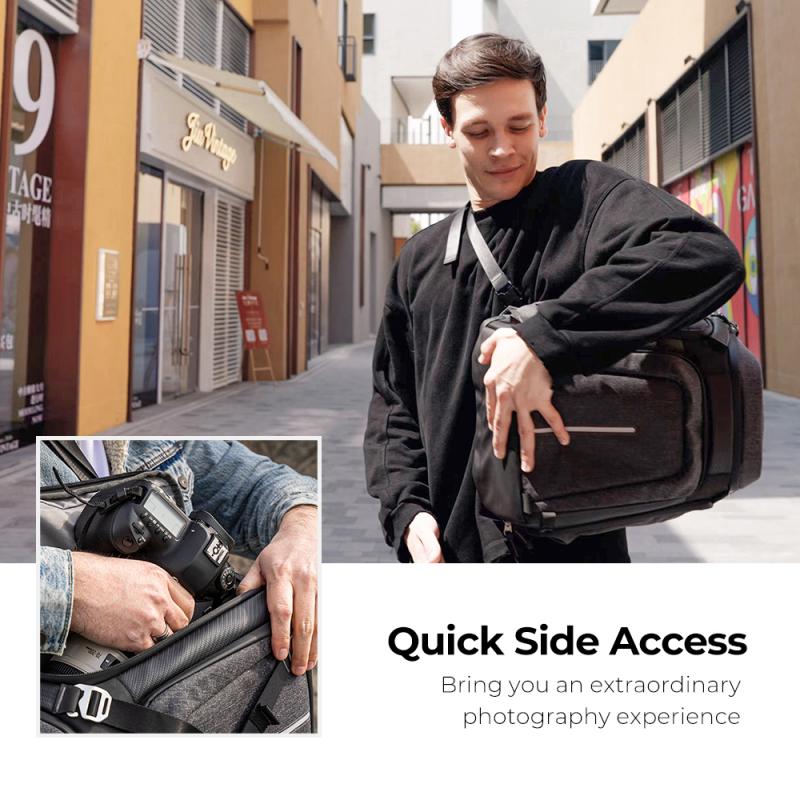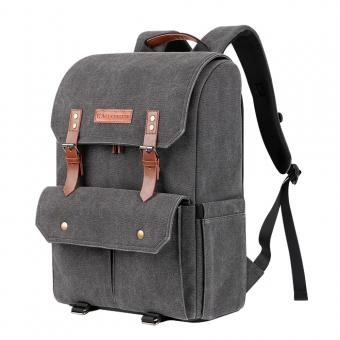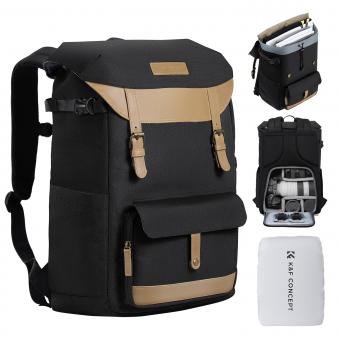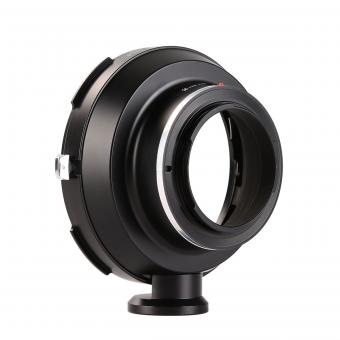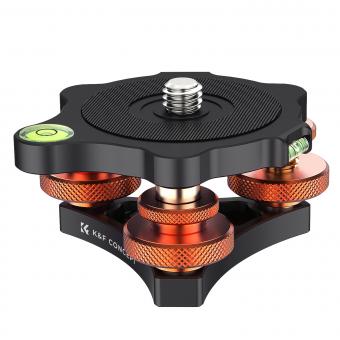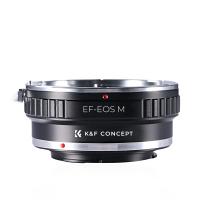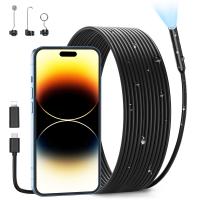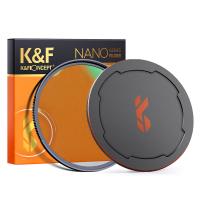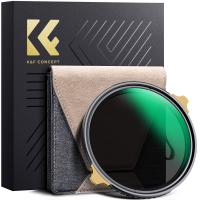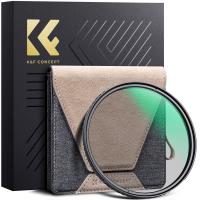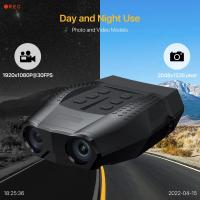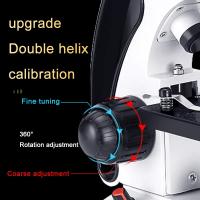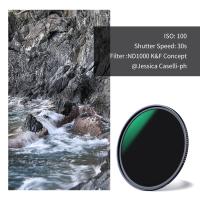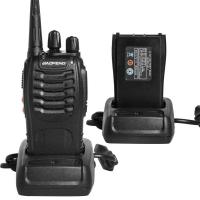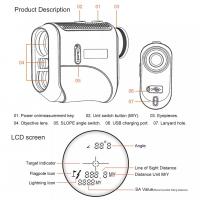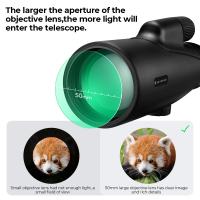Can You Use Any Tripod For A Camera ?
No, not all tripods are suitable for all cameras. It is important to consider the weight and size of your camera when choosing a tripod. Different tripods have different weight capacities, so you need to ensure that the tripod you choose can support the weight of your camera and any additional equipment, such as lenses or accessories. Additionally, the type of tripod head (e.g., ball head, pan-tilt head) may also affect its compatibility with your camera. It is recommended to check the specifications and compatibility of the tripod before purchasing or using it with your camera.
1、 Compatibility with Camera Mount Type
Compatibility with Camera Mount Type is an essential factor to consider when choosing a tripod for your camera. While it is true that many tripods have a standard mount that can accommodate most cameras, there are some exceptions and considerations to keep in mind.
Most cameras, especially DSLRs and mirrorless cameras, use a standard mount called the "tripod mount" or "tripod socket." This mount is a threaded hole located on the bottom of the camera body, allowing it to be attached to a tripod. The most common size for this mount is 1/4"-20, which means it has a 1/4-inch diameter and 20 threads per inch.
However, there are some cameras that have different mount types. For example, some professional cinema cameras use a larger mount called the "Arri PL mount" or "Panavision mount." These mounts require specialized tripods or adapters to be compatible.
Additionally, some compact cameras or action cameras may not have a tripod mount at all. In these cases, you would need to use a specific tripod or mounting accessory designed for that particular camera model.
It is also worth noting that while most tripods can accommodate different camera sizes and weights, it is important to consider the maximum load capacity of the tripod. If you have a heavy camera or plan to use heavy lenses, you may need a tripod with a higher load capacity to ensure stability and prevent any accidents.
In conclusion, while many tripods can be used with a wide range of cameras, it is crucial to consider the compatibility with the camera mount type. Always check the specifications of both your camera and the tripod to ensure they are compatible.
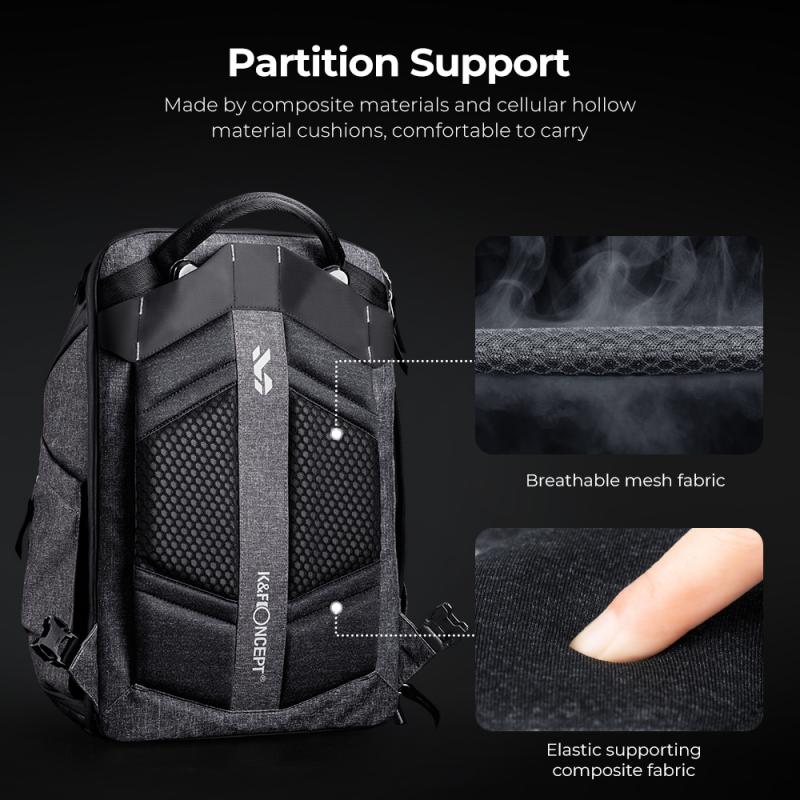
2、 Weight Capacity and Stability
Can you use any tripod for a camera? The short answer is no. While it may be tempting to use any tripod you come across, there are a few important factors to consider before making a decision.
Weight capacity is one of the most crucial aspects to consider when choosing a tripod. Different cameras and lenses have varying weights, and it is essential to ensure that the tripod can support the weight of your equipment. Using a tripod with a weight capacity that is too low can result in instability and potential damage to your camera.
Stability is another key factor to consider. A tripod needs to be sturdy enough to hold your camera steady, especially in challenging shooting conditions such as windy environments or uneven surfaces. A tripod with poor stability can lead to blurry images or even accidents where your camera may fall.
Additionally, the latest point of view emphasizes the importance of choosing a tripod that suits your specific needs. For example, if you frequently shoot in outdoor or rugged environments, you may want to consider a tripod that is weather-resistant and durable. On the other hand, if you primarily shoot in a studio setting, you may prioritize a tripod that is lightweight and easy to maneuver.
In conclusion, while it may be tempting to use any tripod for your camera, it is crucial to consider factors such as weight capacity and stability. Investing in a tripod that meets your specific needs will not only ensure the safety of your camera but also contribute to the quality of your photographs.

3、 Height Adjustment and Locking Mechanism
Can you use any tripod for a camera? The short answer is yes, you can use any tripod for a camera as long as it is compatible with the camera's mounting system. However, there are certain features that you should consider when choosing a tripod for your camera to ensure stability and ease of use.
One important feature to look for in a tripod is height adjustment. Different shooting situations may require different heights, so having the ability to adjust the tripod's height is crucial. This allows you to position your camera at the desired height for capturing the best shots. Additionally, a tripod with a height adjustment feature allows for versatility in shooting angles and perspectives.
Another important feature is the locking mechanism. A good tripod should have a secure locking mechanism that keeps the legs in place once they are adjusted to the desired height. This ensures stability and prevents any accidental movement or collapse of the tripod while shooting. Look for tripods with sturdy locks that are easy to operate and provide a firm grip.
In recent years, there have been advancements in tripod technology. Some tripods now come with additional features such as built-in levels for precise leveling, quick-release plates for easy attachment and detachment of the camera, and lightweight materials for portability. These features can enhance the overall shooting experience and make the tripod more user-friendly.
In conclusion, while any tripod can be used for a camera as long as it is compatible, it is important to consider features such as height adjustment and locking mechanism to ensure stability and ease of use. Additionally, keeping up with the latest advancements in tripod technology can provide additional benefits for photographers.
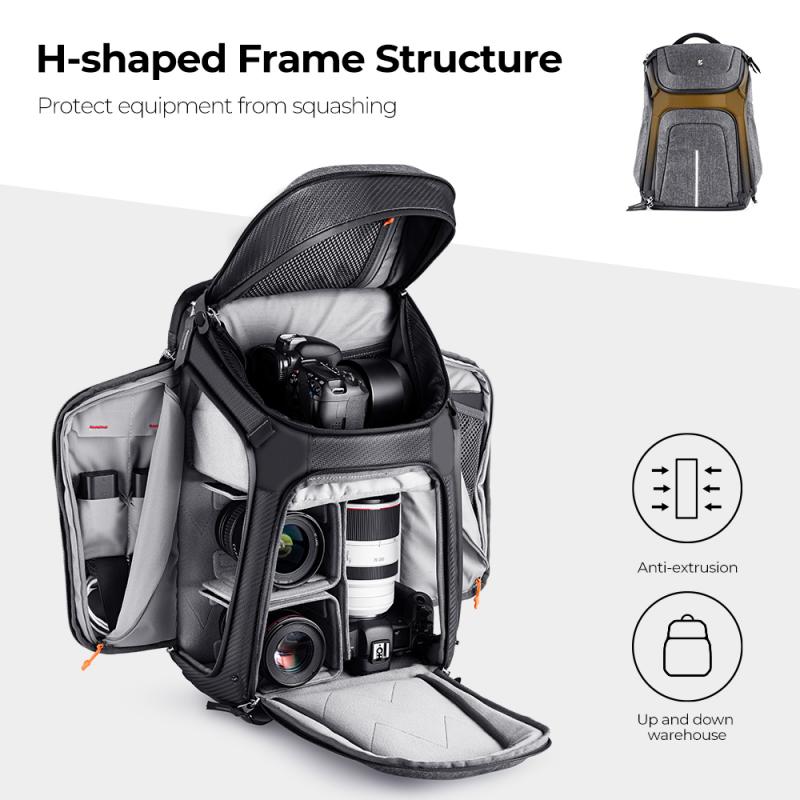
4、 Leg Design and Flexibility
Can you use any tripod for a camera? The short answer is yes, you can technically use any tripod for a camera. However, there are certain factors to consider when choosing a tripod that will best suit your camera and photography needs.
One important factor is the leg design and flexibility of the tripod. Tripods come in various leg designs, such as tubular, segmented, or articulated. Tubular legs are the most common and provide stability and strength. Segmented legs have multiple sections that can be extended or collapsed, allowing for height adjustment. Articulated legs have flexible joints that can be adjusted to different angles, providing versatility in positioning the camera.
The flexibility of the tripod legs is crucial for achieving different shooting angles and stability on uneven surfaces. Some tripods have legs that can be independently adjusted to different lengths, allowing you to set up the camera on uneven terrain. Others have a center column that can be tilted or rotated, providing additional flexibility in positioning the camera.
In recent years, there have been advancements in tripod leg design and flexibility. Manufacturers have introduced innovative features such as twist-lock mechanisms for quick and easy leg adjustments, as well as carbon fiber legs that offer a lightweight yet sturdy option for photographers on the go.
Ultimately, the choice of tripod leg design and flexibility depends on your specific photography needs. Consider factors such as the weight and size of your camera, the shooting conditions you typically encounter, and your budget. It's always recommended to try out different tripods and read reviews to find the one that best suits your camera and shooting style.
